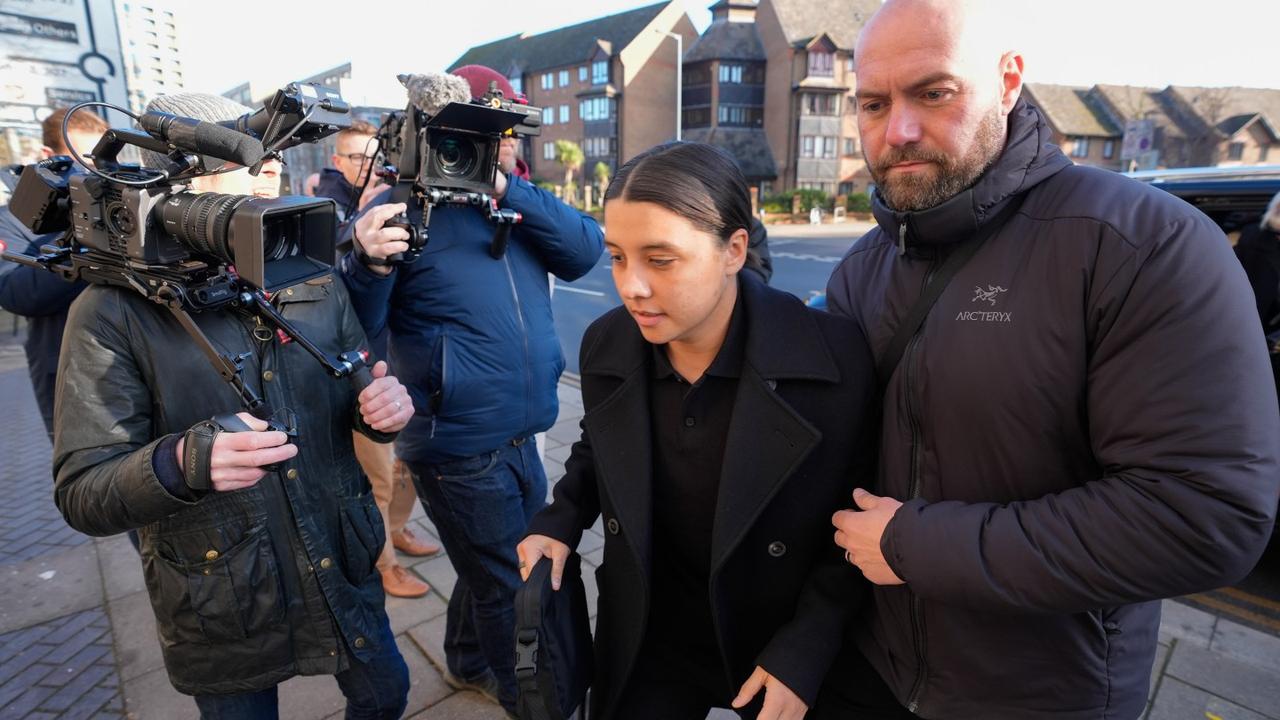Aboriginal teenager begs judge to allow adoption: ‘No one is listening to me’
For the second time in recent weeks, a white foster family may be blocked from adopting their long-term Aboriginal foster child due to controversial laws regarding the guardianship of Indigenous Australians.

An Aboriginal teenager has made an impassioned plea to a judge to approve his adoption, saying he feels as if “no one is listening” to him, as the NSW Supreme Court decides whether to block the boy’s white foster parents from adopting him because of laws regarding the guardianship of Indigenous Australians.
Richard*, who recently turned 18 and is no longer under the guardianship of the state, has requested to be adopted by his foster parents, who have cared for him since he was two.
His foster parents did not learn of his Aboriginal ancestry until he was seven years old.
As part of his bid to be adopted, Richard has written to presiding judge James Stevenson saying he felt Indigenous heritage was standing in the way of his adoption and it was “getting to the point where I feel like no one is listening to me”.
“I’ve spoken to that many people over the years telling them what I want and what my needs are … to have my name changed to (the foster parents’ surname) and for my adoption to go through,” he said.
“It’s getting to the point where I feel like no one is listening to me. I understand that I have Aboriginal heritage in my blood and I will identify with my culture as I please, this shouldn’t be something that should hold up my adoption.
“For the last 16 years Mum and Dad have been saying the same thing on behalf of me, and I’ve been saying for myself for the last nine years, yet nothing has changed.”
This is the second time this issue has arisen in recent weeks. The Australian revealed last month that two young siblings, Mary and Michael, also might be barred from adoption by their long-term foster family after they discovered, five years after first being placed in the family’s care, they were Aboriginal.
Laws governing adoption in NSW require, as a first preference, an Aboriginal child to be adopted by someone in the Aboriginal community to which their birth parent belongs.
If not practicable, the child can be placed with an adoptive parent from another Aboriginal community. Only if that is not feasible may the child be adopted by non-Aboriginal parents.
Richard was born to an Aboriginal mum, Jane, and an Anglo-Australian father, Douglas.
Douglas has requested the NSW Department of Communities and Justice not to contact him in relation to Richard, and Richard has accepted that his father wants nothing to do with him. Jane, however, is opposed to Richard’s adoption. In a submission to the court she referred to “the harm which has occurred to Aboriginal children in interracial adoption families” and said “adoption is alien to our way of life”.
“In my culture children are responsible for their extended family, not just biological parents alone,” she said.
“Even under normal circumstances the extended family plays an important role in the upbringing of Aboriginal children where the biological parents cannot do so.”
Before going through with the adoption of an Aboriginal child by a white family, the Department of Communities and Justice must consult a local Aboriginal organisation or person.
Lisa Jackson, a counsellor and independent Indigenous consultant who supports Richard’s adoption, said: “Richard has clearly, consistently and coherently expressed his desire to be adopted, has consented to this adoption and would like to be legally and formally a member of (his foster family).
“Therefore, alternatives to adoption have been considered and the adoption is the preferred option for Richard.
“However, it should be noted that Richard is very angry that his cultural heritage is the one component that has impacted adversely on this adoption process.
“This has subsequently led to Richard viewing his Aboriginality as an obstacle to becoming a member of the (his foster family) legally and could potentially lead to Richard rejecting his Aboriginality in the future.”
* The names in this story have been anonymised by order of the courts.



